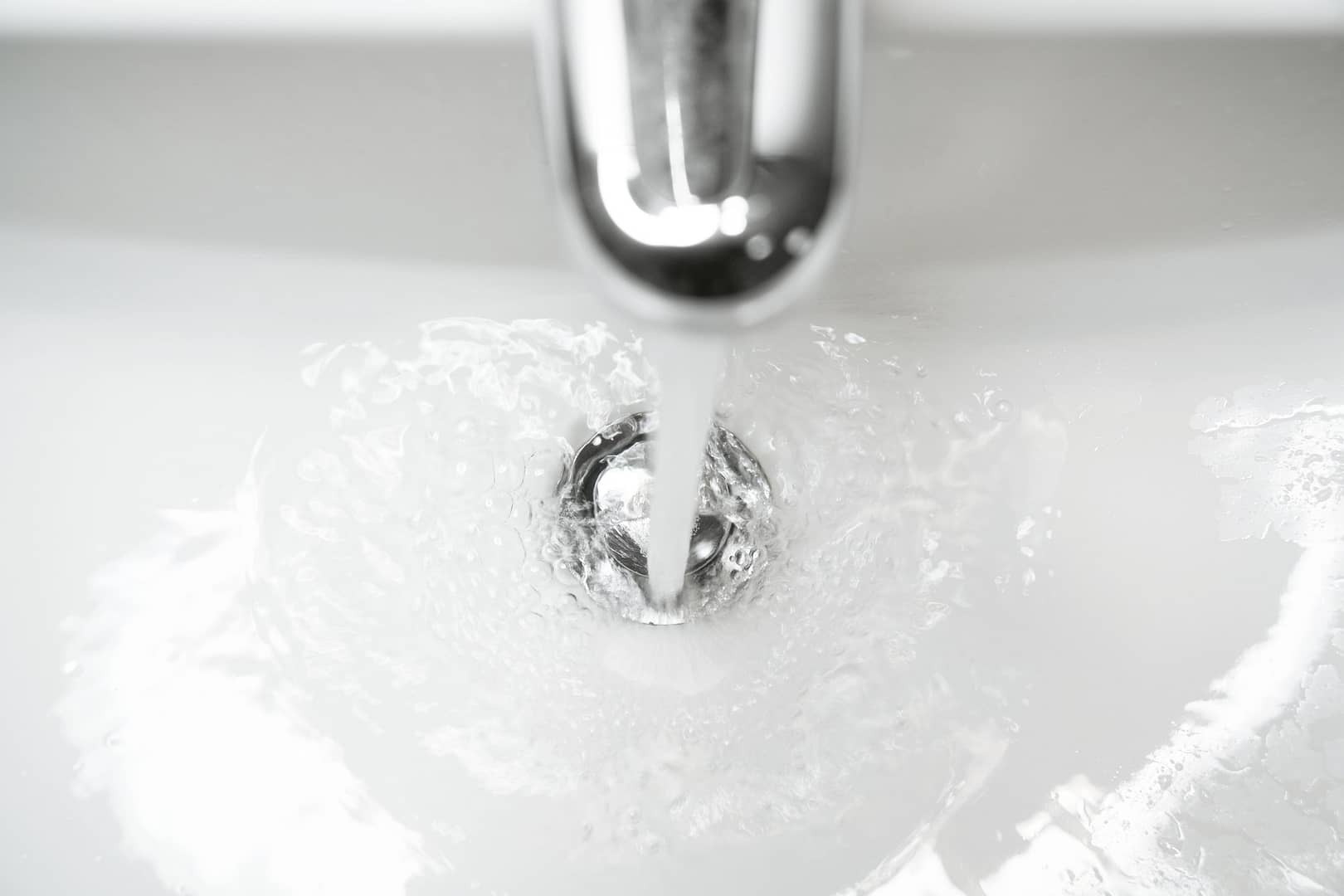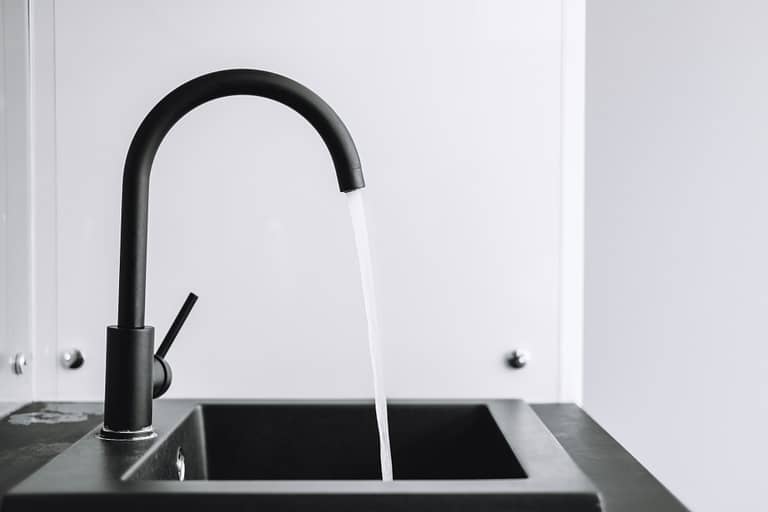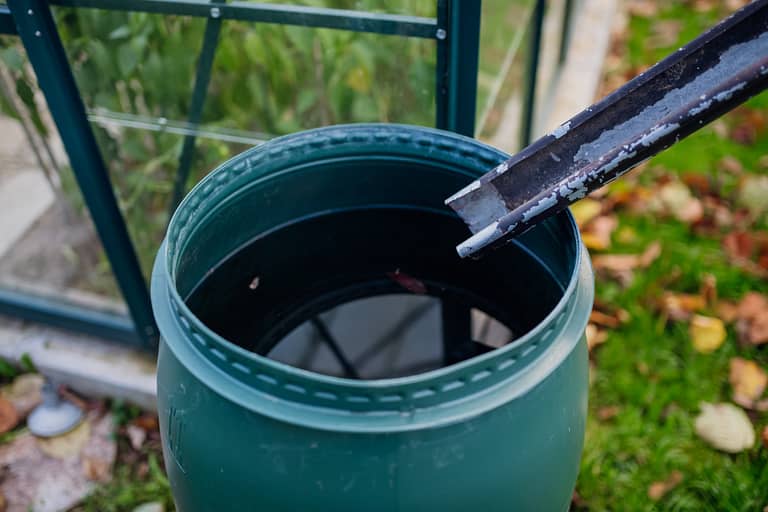Saving Water in the Bathroom: Tips for Dallas Homes
Looking to reduce water usage in your Dallas home without compromising comfort? You don't have to sacrifice your bathroom experience to achieve this.
Simple changes like installing high-efficiency toilets, checking for leaks, and using low-flow showerheads can help you conserve water and cut down on utility bills.
It's about striking a balance between conservation and convenience, and we'll guide you through it.
Key Takeaways
When you adjust your bathroom habits and fixtures, you can save water and reduce your expenses. Each small effort to conserve water adds up to a significant impact on the environment, just like every drop of water contributes to the bigger picture.
Continuously making these small changes will lead to a decrease in your water usage and bills, while also positively impacting the planet. It's important to make these changes because they help conserve a precious resource and lower your utility bills. These collective efforts contribute to a positive environmental impact.
Low-flow Fixtures for Water Conservation
In your Dallas home, you can save water by installing low-flow fixtures. These fixtures reduce water usage without compromising performance.
For instance, high-efficiency toilets (HETs) use only 1.28 gallons per flush, saving over 4,000 gallons per person per year. Similarly, low-flow showerheads provide efficient water usage without compromising water pressure. WaterSense® labeled showerheads can save 2,900 gallons per year.
Additionally, low-flow faucets and showerheads help conserve water without sacrificing performance. By installing these fixtures, you can significantly reduce water usage and utility bills.
This simple change not only contributes to water conservation efforts but also saves money in the long run. It puts you in control of your water consumption and makes a positive impact on the environment.
Detecting and Fixing Water Leaks
Regularly check your faucets, showerheads, and toilet for leaks and fix them right away. This helps prevent unnecessary water wastage and potential damage to your home.
Keep an eye out for signs of leaks such as damp spots, mold growth, or unusually high water bills, and take immediate action if you notice any.
Leak Detection Methods
Regularly check faucets and showerheads for leaks in your Dallas home to avoid water wastage. Keep an eye out for signs of leaks such as damp spots, mold growth, or unusually high water bills to promptly detect and fix water leaks.
Use your water meter to check for any water use when all faucets are shut off, which can help in leak detection. Additionally, perform a simple test for leaks in the toilet tank by adding food coloring.
It's important to conserve water, and fixing leaks promptly can help save water and reduce your water bill. Don't forget to inspect hoses connected to washing machines and dishwashers to prevent water loss.
Preventing Water Wastage
To prevent water wastage and save on utility costs, you should promptly fix any leaks in your bathroom fixtures.
Even a small drip from a faucet can waste up to 20 gallons of water per day, leading to higher bills from Dallas Water Utilities.
It's important to regularly inspect faucets, showerheads, and toilet tanks for leaks.
Simple tests like dropping food coloring can help you detect unseen leaks.
Look for signs of leaks such as damp spots, mold growth, or unusually high water bills, and address them promptly.
Using your water meter to detect any water use when all faucets are shut off can also help in the early detection of leaks.
Additionally, inspect hoses connected to washing machines and dishwashers to prevent water loss and ensure efficient water flow.
Efficient Water-Using Appliances
When you upgrade your bathroom appliances, consider high-efficiency toilets and faucets to reduce indoor water usage. High-efficiency toilets (HETs) use only 1.28 gallons per flush, saving over 4,000 gallons per person per year. Installing low-flow faucets can also significantly reduce water wastage.
To save more water, run full loads in your washing machine, which uses only 12 to 15 gallons per load. Upgrading to energy-efficient appliances not only helps conserve water but also lowers utility bills. Consider using braided stainless steel hoses for durability and leak prevention in the washing machine. Additionally, an energy-efficient water heater can ensure that you use less water overall.
By investing in these appliances, you can make a significant impact on your water conservation efforts and lower your utility bills.
Next, let's explore the benefits of shorter showers for water savings.
Shorter Showers for Water Savings
Want to save water? Try cutting down your shower time. Use a timer to stick to a shorter duration and reduce water usage.
You can also maximize water savings by getting water-efficient showerheads.
Shower Timer Benefits
If you want to save water at home in Dallas, using a shower timer can help. Here's why it's beneficial:
- Water Savings: Taking shorter showers reduces water usage, leading to significant savings.
- Energy Efficiency: Shorter showers also save energy used to heat water, benefiting the environment and cutting utility costs.
- Consistent Water Pressure: Encouraging shorter showers through a timer can help maintain steady water pressure and prevent waste.
Using a shower timer acts as a gentle reminder to be mindful of shower duration, contributing to overall water conservation efforts. Implementing this simple tool can make a noticeable difference in your household's water consumption.
Moving forward, let's explore how installing water-efficient showerheads can further enhance your water-saving efforts.
Water-Efficient Showerheads Recommended
Consider upgrading to a water-efficient showerhead to support your water-saving efforts during showers in your Dallas home. Water-efficient showerheads offer a straightforward way to conserve water and lower your water bills. With options like low-flow showerheads, you can still enjoy a revitalizing shower experience while using less water.
By integrating water-efficient fixtures such as these showerheads into your home, you actively contribute to water conservation in Dallas. For instance, the WaterSense® labeled showerheads can save up to 2,900 gallons per year, making them an efficient choice for water conservation.
Making small changes, like using water-efficient showerheads and being mindful of your shower duration, can significantly impact water savings in the bathroom.
Full Load Use for Water Efficiency
Using full loads in your dishwasher and washing machine is essential for saving water at home. This practice reduces water consumption and decreases water flow, leading to significant water savings. It also has a positive environmental impact by conserving water for future generations.
By adopting these practices, you can save water and reduce your utility bills.
Next, we'll discuss insulating and maintaining pipes to further enhance your water-saving efforts.
Insulating and Maintaining Pipes
To save water and energy, it's important to insulate and maintain the pipes in your Dallas home. This simple step can help reduce heat loss and unnecessary water wastage.
When pipes aren't insulated, it takes longer for hot water to reach your faucets, leading to wasted water and higher energy costs. By insulating and maintaining your pipes, you can prevent heat loss, reduce water wastage, and save money.
Additionally, this practice contributes to environmental protection by conserving water and energy, supporting sustainability efforts in your community.
Frequently Asked Questions
How Can I Reduce Water Consumption in My Bathroom?
To reduce water usage in your bathroom, you can install faucet aerators, low-flow toilets, and water-saving showerheads. These efficient fixtures help conserve water and save money. It's important to detect and fix any leaks, and consider using eco-friendly products to further reduce water consumption. By making these changes, you can contribute to water conservation efforts and lower your utility bills.
How Can I Use Less Water in My Bathroom?
To reduce water usage in your bathroom, you can make simple changes. Upgrade your toilet to a more efficient model, add faucet aerators, and use water-saving showerheads. Developing water-conserving habits, fixing leaks, and considering reusing greywater are also effective in saving water. For example, a dual-flush toilet can save up to 17,000 gallons of water per year for a family of four. Making these changes not only saves water but also reduces your water bill over time.
How Do You Use Water Wisely in the Bathroom?
Using water wisely in the bathroom is essential for conserving this precious resource. One way to do this is by installing water-saving faucets, efficient toilets, and eco-friendly showerheads. Additionally, practicing smart usage and conservation habits, such as turning off the faucet when not in use and taking shorter showers, can make a significant difference in reducing water consumption. By making these simple changes, you can contribute to water conservation efforts and help protect the environment for future generations.
How Can I Reduce the Water Usage in My Shower?
Reducing water usage in your shower is easy. You can use simple tools like shower timers, low flow showerheads, and water-efficient fixtures. Additionally, being mindful of the time spent in the shower and developing water-saving habits can make a big difference. For example, taking shorter showers and turning off the water while lathering up can significantly reduce water usage.
Conclusion
When you make simple changes in your bathroom habits and fixtures, you can save water and money. Each small effort to conserve water adds up to a greater impact on the environment, just like every drop of water adds up to a bigger picture.
So, keep making those small changes and see your water usage and bills decrease while your impact on the planet grows. Making these changes is important because it helps in conserving a precious resource and reducing your utility bills.
These efforts collectively contribute to a positive impact on the environment.







